Home>Gardening & Outdoor>Outdoor Recreation & Activities>How Many Gallons Of Water Is In An Average Swimming Pool


Outdoor Recreation & Activities
How Many Gallons Of Water Is In An Average Swimming Pool
Modified: October 20, 2024
Discover the average gallons of water in a swimming pool and learn about outdoor recreation and activities. Find out more about pool water volume and outdoor fun!
(Many of the links in this article redirect to a specific reviewed product. Your purchase of these products through affiliate links helps to generate commission for Storables.com, at no extra cost. Learn more)
Introduction
Swimming pools are synonymous with relaxation, fun, and a refreshing escape from the summer heat. Whether it's a community pool, a backyard oasis, or an Olympic-sized marvel, the allure of a sparkling pool is undeniable. However, have you ever wondered just how much water is required to fill these aquatic havens? The volume of water in a swimming pool can vary widely, influenced by factors such as size, shape, and depth. Understanding the dynamics of water volume in a swimming pool is not only fascinating but also essential for maintenance and water conservation.
In this comprehensive guide, we will delve into the intricacies of water volume in swimming pools. We will explore the factors that influence the amount of water needed to fill a pool, discuss methods for calculating water volume, and provide insights into the average water volume in different types of swimming pools. Additionally, we will offer valuable tips for maintaining the proper water level in a swimming pool, ensuring that your aquatic retreat remains a source of enjoyment and relaxation.
So, whether you're a pool owner seeking to optimize water usage or simply curious about the sheer magnitude of water required for a pool, join us on this enlightening journey through the depths of swimming pool water volume. Let's dive in and unravel the mysteries of this essential element that brings joy and refreshment to countless individuals around the world.
Key Takeaways:
- Understanding the factors that affect water volume in swimming pools, like size, shape, and climate, helps owners make informed decisions for maintenance and water conservation.
- Calculating water volume and maintaining the proper water level are crucial for efficient water usage, chemical treatments, and overall enjoyment of swimming pools.
Read more: How Many Gallons Of Water In A Swimming Pool
Factors Affecting Water Volume in a Swimming Pool
The water volume in a swimming pool is influenced by several key factors, each playing a significant role in determining the amount of water required to fill and maintain the pool. Understanding these factors is crucial for pool owners, maintenance professionals, and anyone interested in the dynamics of swimming pool water volume.
1. Pool Size and Shape
The dimensions of a swimming pool directly impact the volume of water it can hold. Larger pools naturally require more water to fill, while smaller ones have a lower water capacity. Additionally, the shape of the pool, whether it's rectangular, oval, kidney-shaped, or irregular, can affect the overall water volume. Pools with complex shapes may have varying depths and surface areas, further influencing the amount of water needed.
2. Pool Depth
The depth of a swimming pool is a significant determinant of water volume. Pools with greater depth necessitate more water to fill compared to shallower pools. Additionally, varying depths within the same pool, such as deep ends and shallow ends, contribute to the overall water volume calculation.
3. Water Features
Swimming pools often incorporate water features such as fountains, waterfalls, and spas, which add to the total water volume. These features not only enhance the aesthetic appeal of the pool but also increase the amount of water required for filling and circulation.
Read more: How Many Yards In A Swimming Pool
4. Evaporation and Splash-Out
Natural processes such as evaporation and splash-out can lead to water loss in a swimming pool. Evaporation, influenced by factors like temperature and humidity, results in the gradual loss of water from the pool surface. Similarly, splash-out from recreational activities and water-based games can contribute to water loss, necessitating regular refilling to maintain the proper water level.
5. Climate and Environmental Factors
The climate and environmental conditions in the pool's location play a role in water volume management. Pools in regions with higher temperatures and lower humidity levels may experience increased evaporation, requiring more frequent water top-ups. Additionally, factors such as wind exposure and sunlight intensity can impact water loss through evaporation.
By considering these factors, pool owners and professionals can gain valuable insights into the intricacies of water volume in swimming pools, enabling them to make informed decisions regarding pool maintenance, water conservation, and overall enjoyment of this aquatic retreat.
Calculating the Water Volume in a Swimming Pool
Calculating the water volume in a swimming pool is a fundamental aspect of pool maintenance and water management. By accurately determining the volume of water required to fill a pool, owners and professionals can effectively monitor water usage, chemical treatments, and overall pool health. The process of calculating water volume involves considering the shape, dimensions, and depth of the pool, and employing mathematical formulas to arrive at precise measurements.
Measuring Pool Dimensions
The first step in calculating water volume is to measure the dimensions of the pool. For rectangular or square pools, the length, width, and average depth are measured. For irregularly shaped pools, measurements are taken at multiple points to capture the varying depths and surface areas accurately. Additionally, the depth of the deep end and shallow end, if applicable, should be recorded.
Read more: How Many Liters Is A Swimming Pool
Applying Formulas
Once the pool dimensions are obtained, specific mathematical formulas are used to calculate the water volume based on the shape of the pool. For rectangular or square pools, the formula V = L × W × D × 7.5 is commonly employed, where V represents the volume in gallons, L is the length in feet, W is the width in feet, and D is the average depth in feet. For circular pools, the formula V = π × R^2 × D × 7.5 is utilized, with R representing the radius in feet and D denoting the average depth in feet.
Consideration for Freeboard
When calculating water volume, it is essential to account for freeboard, which refers to the space between the water level and the top edge of the pool. Freeboard serves as a buffer to prevent water from overflowing and is typically included in the overall water volume calculation. The freeboard allowance varies based on pool design and safety regulations, and it is crucial to factor this into the volume calculation to ensure accurate water level management.
Utilizing Online Calculators
For pool owners seeking a convenient method for calculating water volume, numerous online calculators and mobile applications are available. These tools allow users to input the pool dimensions and receive instant calculations of the required water volume. Additionally, some calculators provide insights into water treatment and chemical dosage based on the pool volume, offering comprehensive assistance for pool maintenance.
By following these steps and utilizing appropriate formulas, pool owners and professionals can accurately calculate the water volume in a swimming pool, empowering them to make informed decisions regarding water usage, maintenance, and the overall enjoyment of this aquatic sanctuary.
Average Water Volume in Different Types of Swimming Pools
The average water volume in swimming pools varies significantly based on the type and size of the pool. Understanding the typical water capacity of different pool types is essential for proper maintenance, chemical treatment, and water conservation efforts. Let's explore the average water volume in various types of swimming pools to gain insights into their water requirements.
Read more: How Many Glasses Of Water In A Gallon
1. Residential In-Ground Pools
Residential in-ground pools, commonly found in private properties, exhibit diverse sizes and shapes. A standard rectangular in-ground pool with dimensions of 14 feet by 28 feet and an average depth of 5 feet holds approximately 15,000 gallons of water. Larger in-ground pools, such as those designed for competitive swimming or extensive recreational use, can hold upwards of 25,000 to 30,000 gallons, depending on their dimensions and depth.
2. Above-Ground Pools
Above-ground pools, popular for their affordability and ease of installation, typically have smaller water volumes compared to in-ground pools. A standard above-ground pool with a diameter of 24 feet and an average depth of 4 feet holds approximately 13,500 gallons of water. These pools are well-suited for residential use and offer a refreshing aquatic retreat with moderate water requirements.
3. Commercial and Public Pools
Commercial and public pools, including those in hotels, resorts, and recreational facilities, often boast larger water volumes to accommodate a higher number of swimmers. A standard commercial pool with dimensions of 25 meters by 12.5 meters and a depth ranging from 1.2 meters to 2 meters holds approximately 220,000 to 440,000 gallons of water. Olympic-sized pools, designed for competitive events and training, can hold a staggering 660,000 to 880,000 gallons of water, emphasizing their substantial water requirements.
4. Specialty Pools and Water Parks
Specialty pools and water parks feature a diverse range of designs, including wave pools, lazy rivers, and interactive water attractions. These innovative aquatic environments often require extensive water volumes to create captivating experiences for visitors. A medium-sized wave pool with dimensions of 100 feet by 200 feet and an average depth of 6 feet can hold approximately 1.5 million gallons of water, showcasing the remarkable scale of water volume in specialty aquatic attractions.
By understanding the average water volume in different types of swimming pools, pool owners, maintenance professionals, and enthusiasts can gain valuable insights into water management, conservation practices, and the unique characteristics of each pool type. This knowledge empowers individuals to make informed decisions regarding water usage, maintenance, and the overall enjoyment of these aquatic havens.
Read more: How To Test Swimming Pool Water
Tips for Maintaining the Proper Water Level in a Swimming Pool
Maintaining the proper water level in a swimming pool is essential for ensuring optimal functionality, water circulation, and overall safety. By adhering to best practices for water level management, pool owners can preserve the integrity of their pools and enhance the swimming experience for all users. Here are valuable tips for effectively maintaining the proper water level in a swimming pool:
-
Regular Monitoring: Routinely monitor the water level in the pool to detect any fluctuations. Factors such as evaporation, splash-out, and water leakage can contribute to variations in water level. By conducting visual inspections and measurements, pool owners can promptly address any deviations from the ideal water level.
-
Utilize Water Level Markers: Install water level markers on the pool's skimmer or tile line to provide a visual reference for the optimal water level. These markers serve as a convenient tool for gauging the current water level and determining if adjustments are necessary.
-
Adjusting Water Level: In cases where the water level deviates from the recommended range, such as due to evaporation or splash-out, utilize a garden hose to add water to the pool. Carefully regulate the water flow to achieve the desired level, ensuring that it aligns with the designated water level markers.
-
Addressing Excessive Water: If the water level surpasses the recommended range, utilize a submersible pump to extract the excess water from the pool. This proactive measure prevents potential overflow and safeguards the pool's surrounding area from water damage.
-
Consideration for Climate: In regions with high temperatures and low humidity, increased evaporation rates can lead to more frequent water top-ups. Adjust water level monitoring and maintenance practices to account for climate-related factors, ensuring that the pool maintains the appropriate water level under varying environmental conditions.
-
Professional Inspection: Schedule periodic inspections by qualified pool maintenance professionals to assess the water level, detect potential leaks, and ensure the structural integrity of the pool. Professional expertise can provide valuable insights into maintaining the proper water level and addressing any underlying issues that may impact water volume.
By implementing these tips for maintaining the proper water level in a swimming pool, owners can uphold the functionality, aesthetics, and safety of their aquatic oasis. Consistent water level management not only enhances the overall pool experience but also contributes to efficient water usage and long-term preservation of this cherished recreational asset.
Conclusion
In conclusion, the water volume in a swimming pool is a dynamic and essential aspect of pool ownership and maintenance. Understanding the factors that influence water volume, such as pool size, shape, depth, and environmental conditions, provides valuable insights into the intricate balance of water management. By considering these factors, pool owners and professionals can make informed decisions regarding water usage, conservation, and the overall enjoyment of their aquatic retreats.
Calculating the water volume in a swimming pool involves precise measurements and the application of mathematical formulas tailored to the pool's shape and dimensions. Accurate volume calculations enable effective monitoring of water usage, chemical treatments, and overall pool health, contributing to sustainable water management practices.
The average water volume in different types of swimming pools varies significantly, reflecting the diverse water requirements of residential, commercial, and specialty pools. By understanding the typical water capacity of each pool type, individuals can implement tailored maintenance and conservation strategies, ensuring that water resources are utilized efficiently while maintaining optimal pool functionality.
Furthermore, maintaining the proper water level in a swimming pool is paramount for preserving the pool's integrity, water circulation, and safety. By adhering to best practices for water level management, such as regular monitoring, utilization of water level markers, and consideration for climate-related factors, pool owners can uphold the functionality, aesthetics, and safety of their aquatic oasis.
In essence, the comprehensive understanding of water volume in swimming pools empowers individuals to make informed decisions that contribute to efficient water usage, sustainable maintenance practices, and the enduring enjoyment of these aquatic havens. By embracing the knowledge and insights shared in this guide, pool owners and enthusiasts can embark on a journey of responsible water management, ensuring that their pools remain a source of relaxation, recreation, and refreshment for years to come.
Frequently Asked Questions about How Many Gallons Of Water Is In An Average Swimming Pool
Was this page helpful?
At Storables.com, we guarantee accurate and reliable information. Our content, validated by Expert Board Contributors, is crafted following stringent Editorial Policies. We're committed to providing you with well-researched, expert-backed insights for all your informational needs.
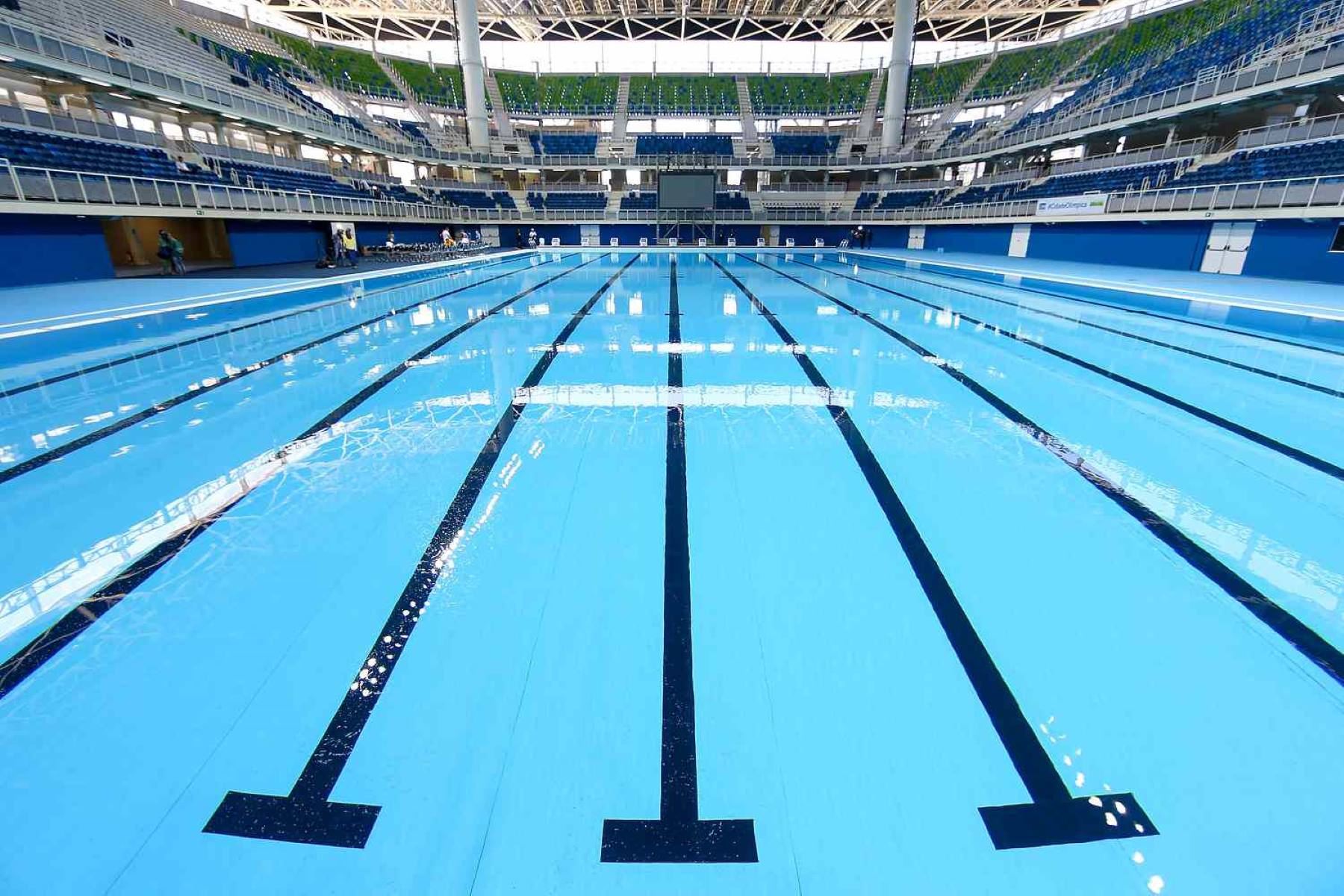
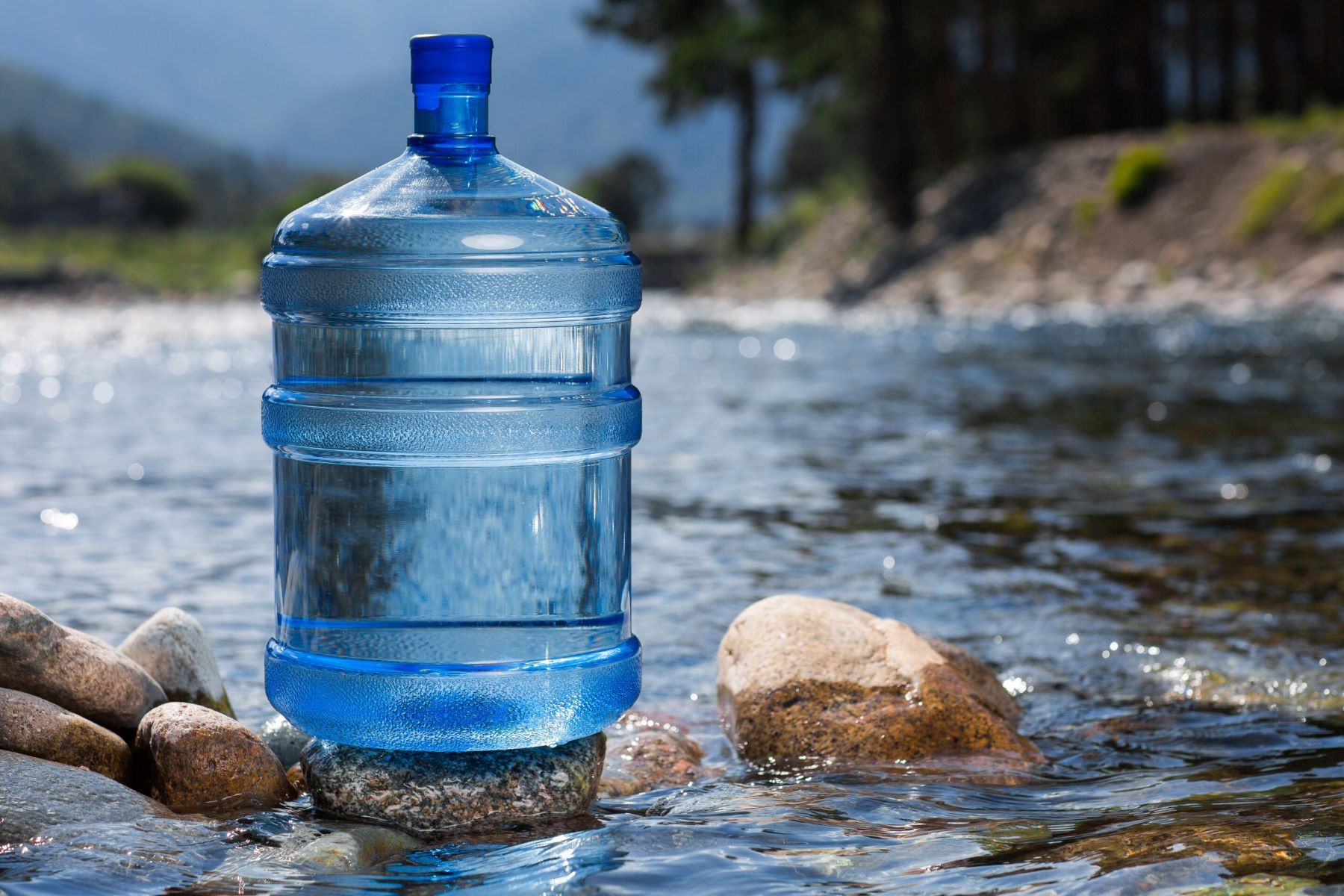
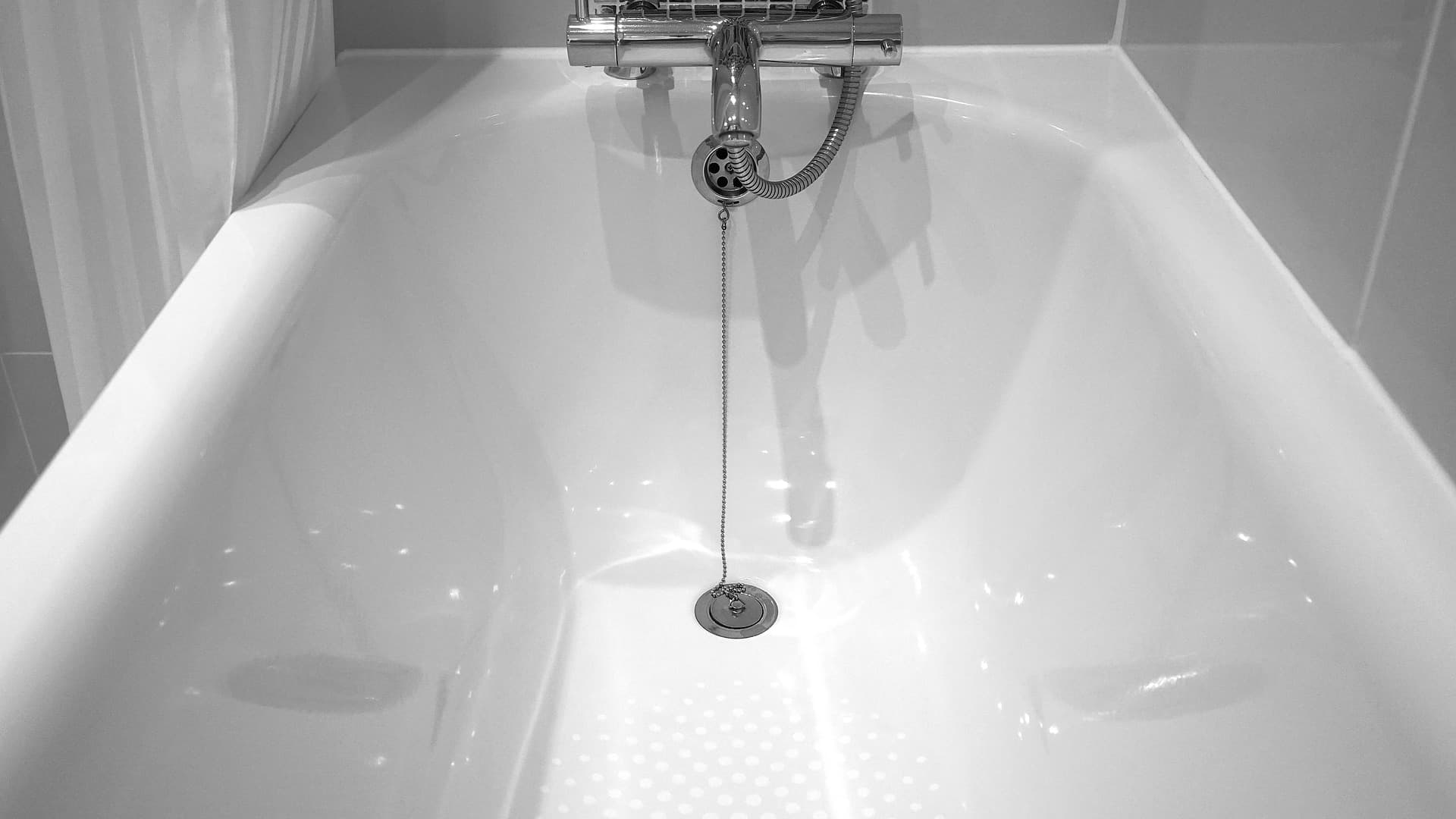
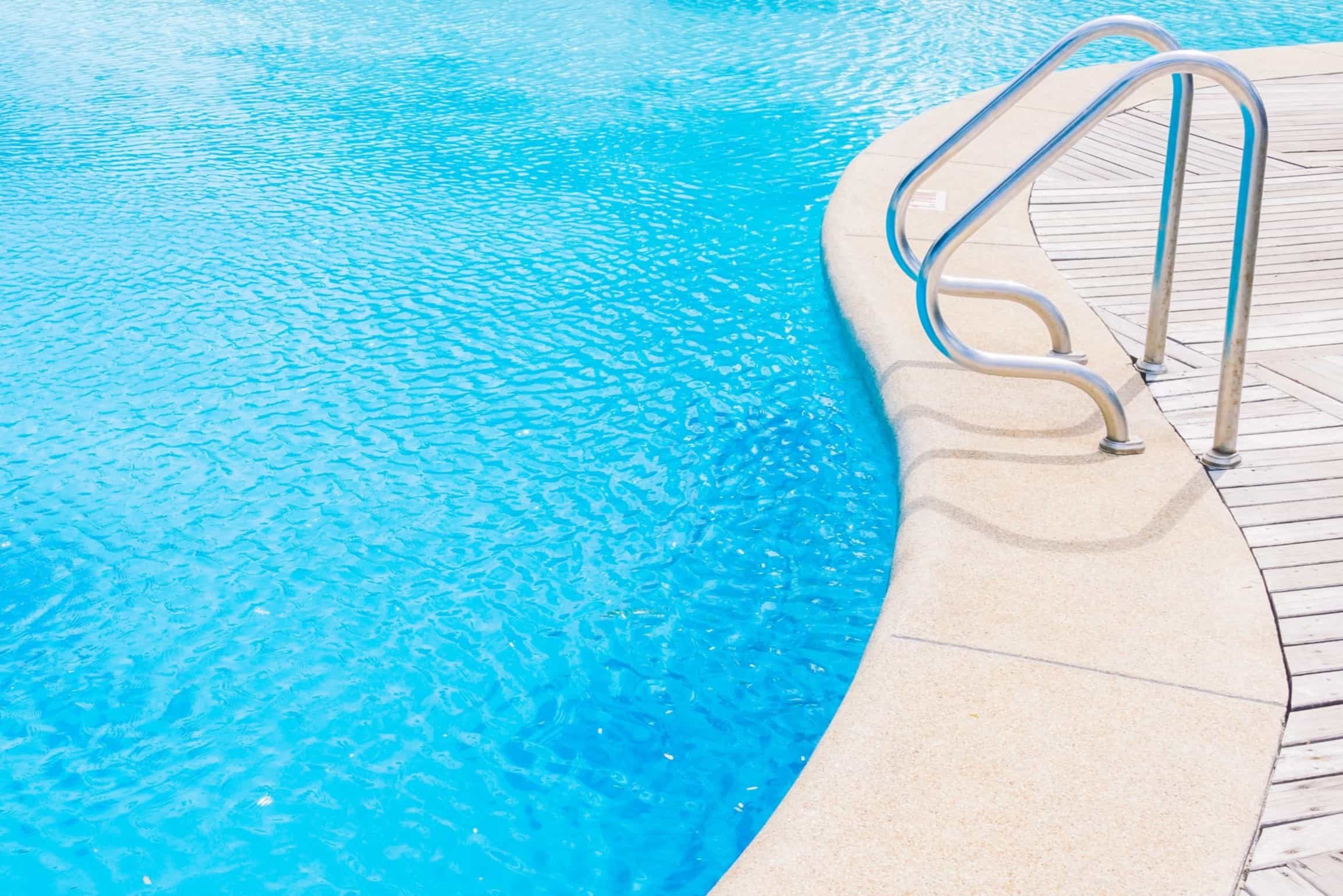
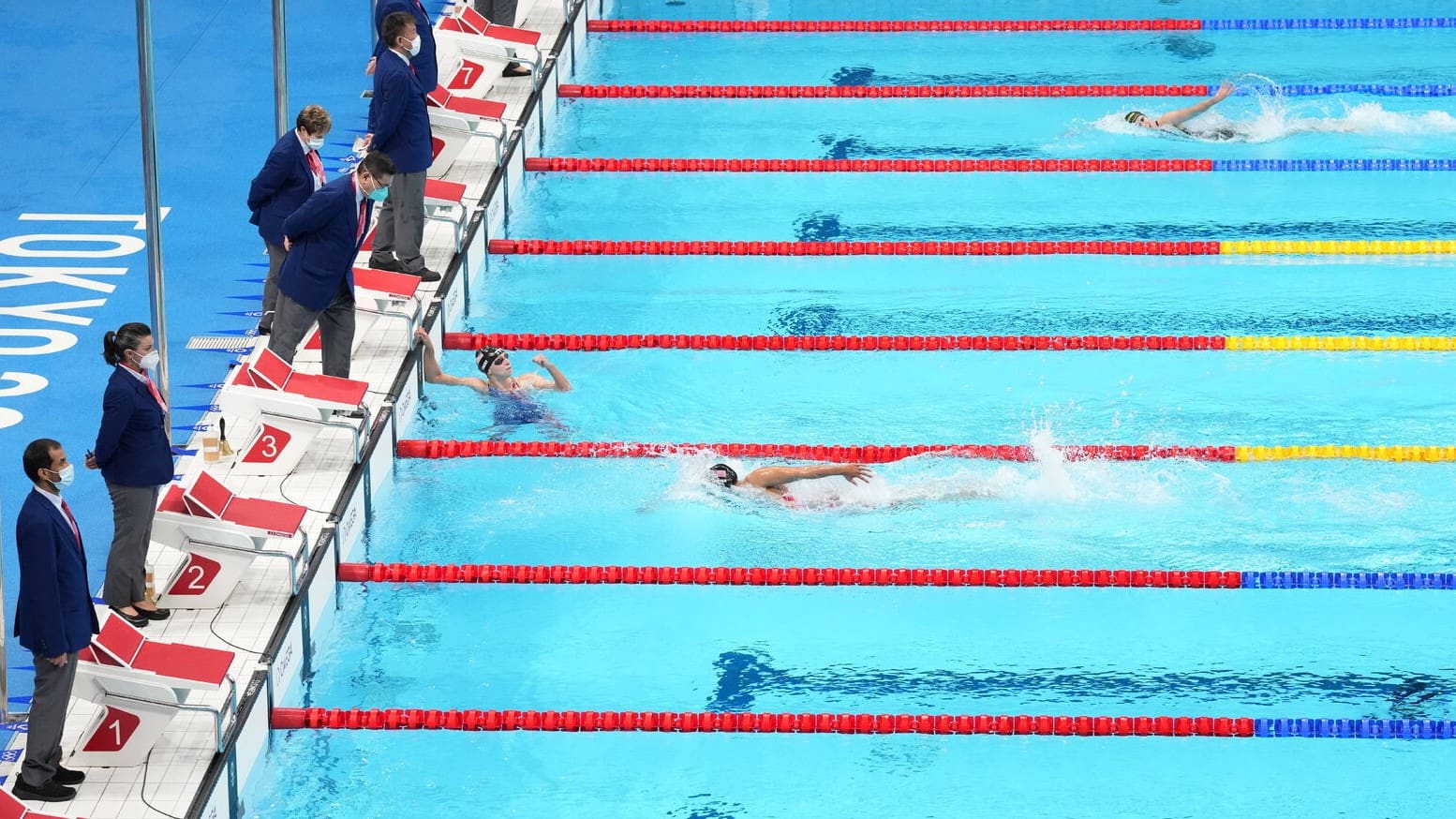

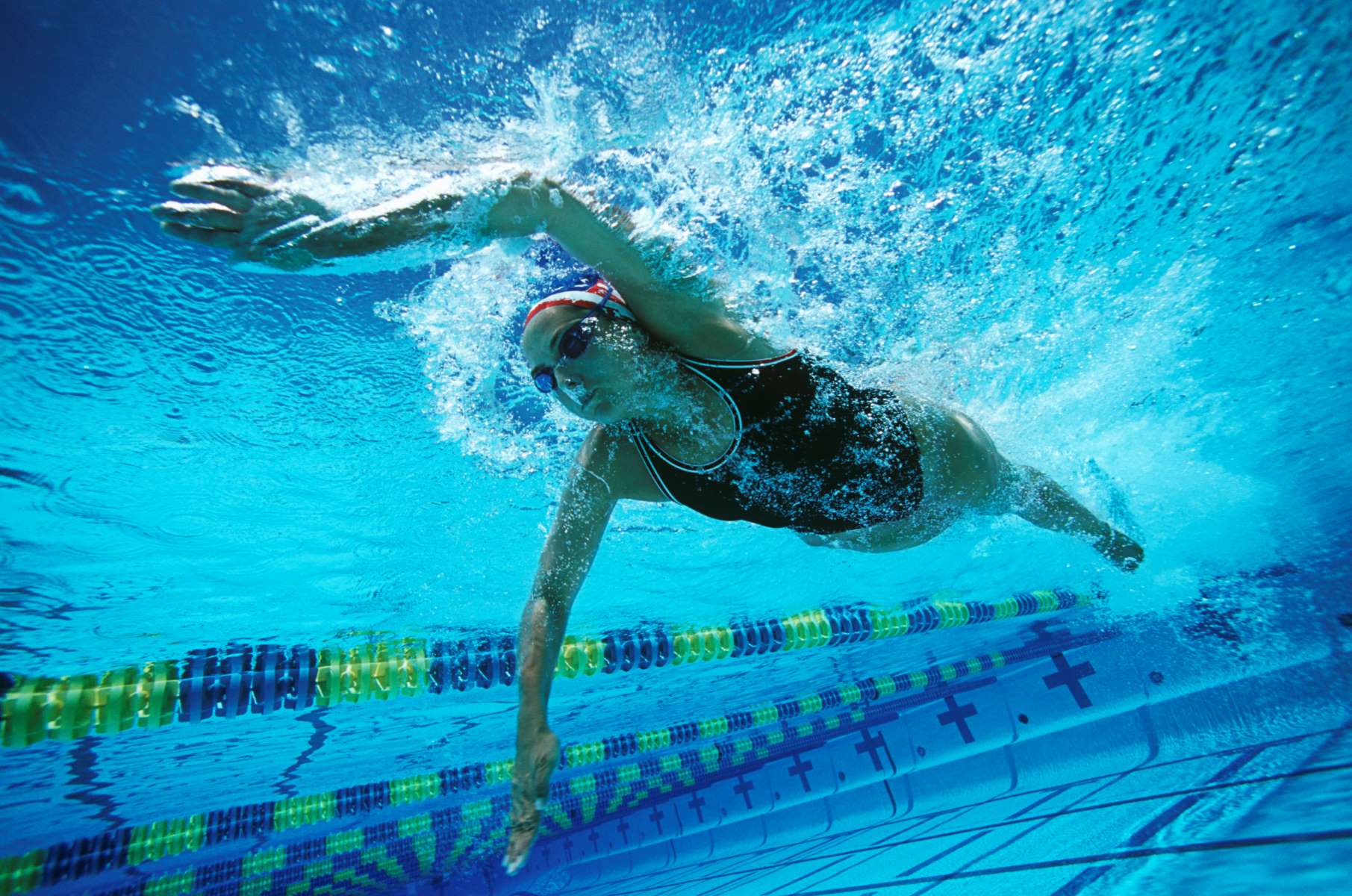

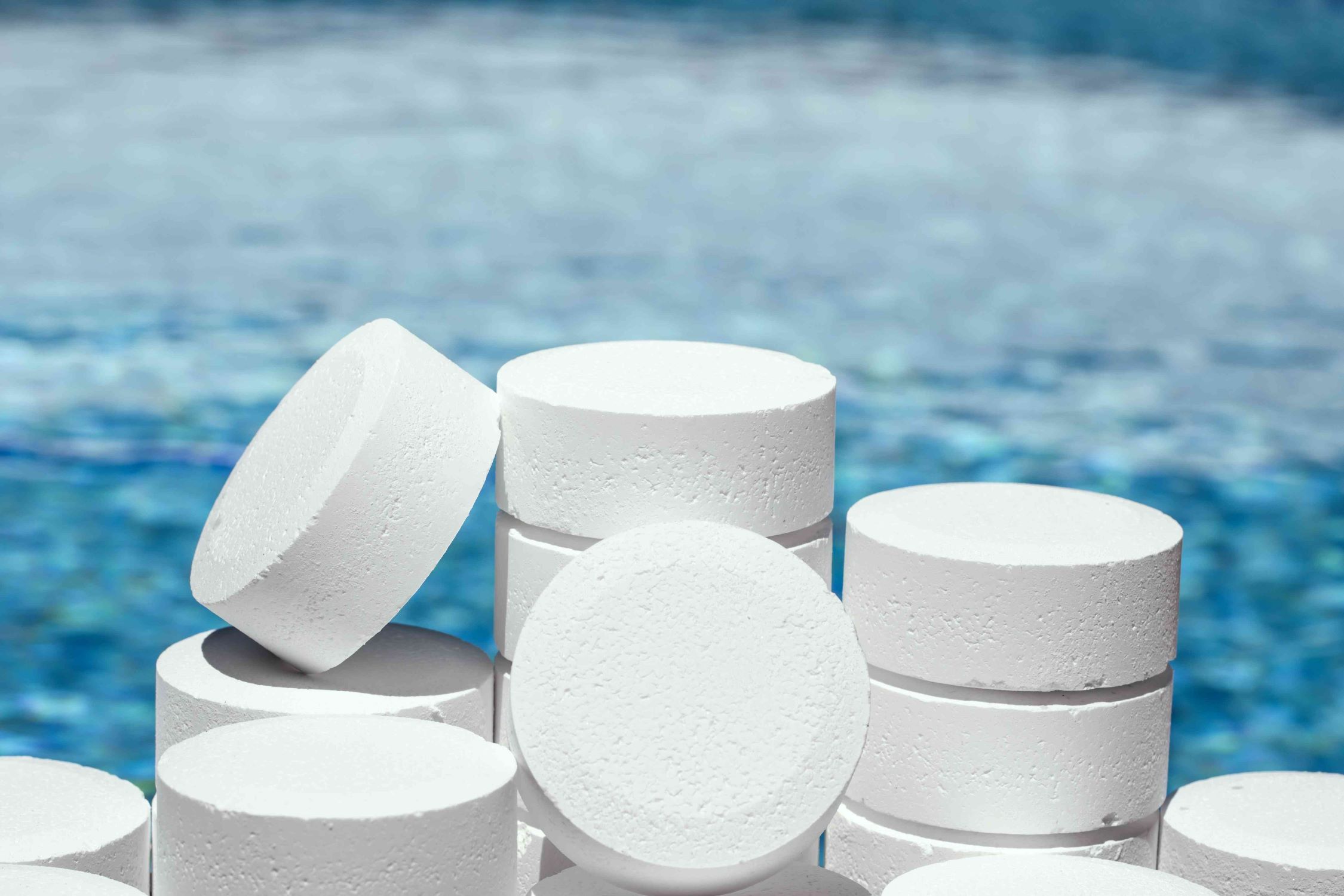
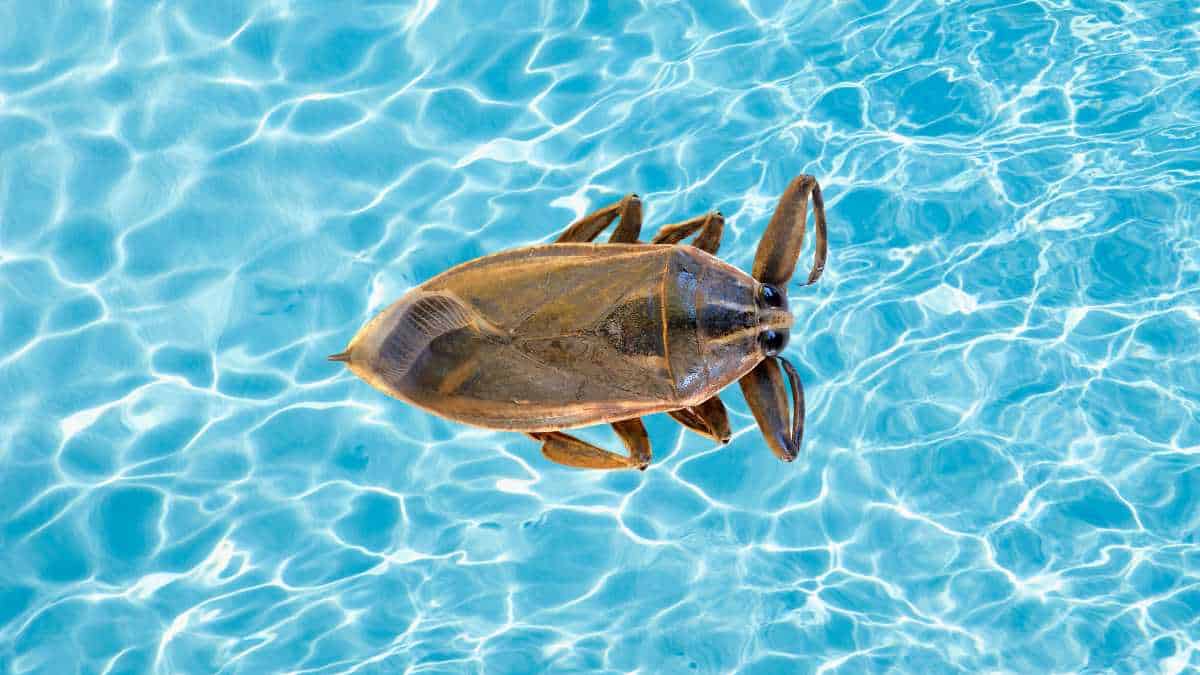
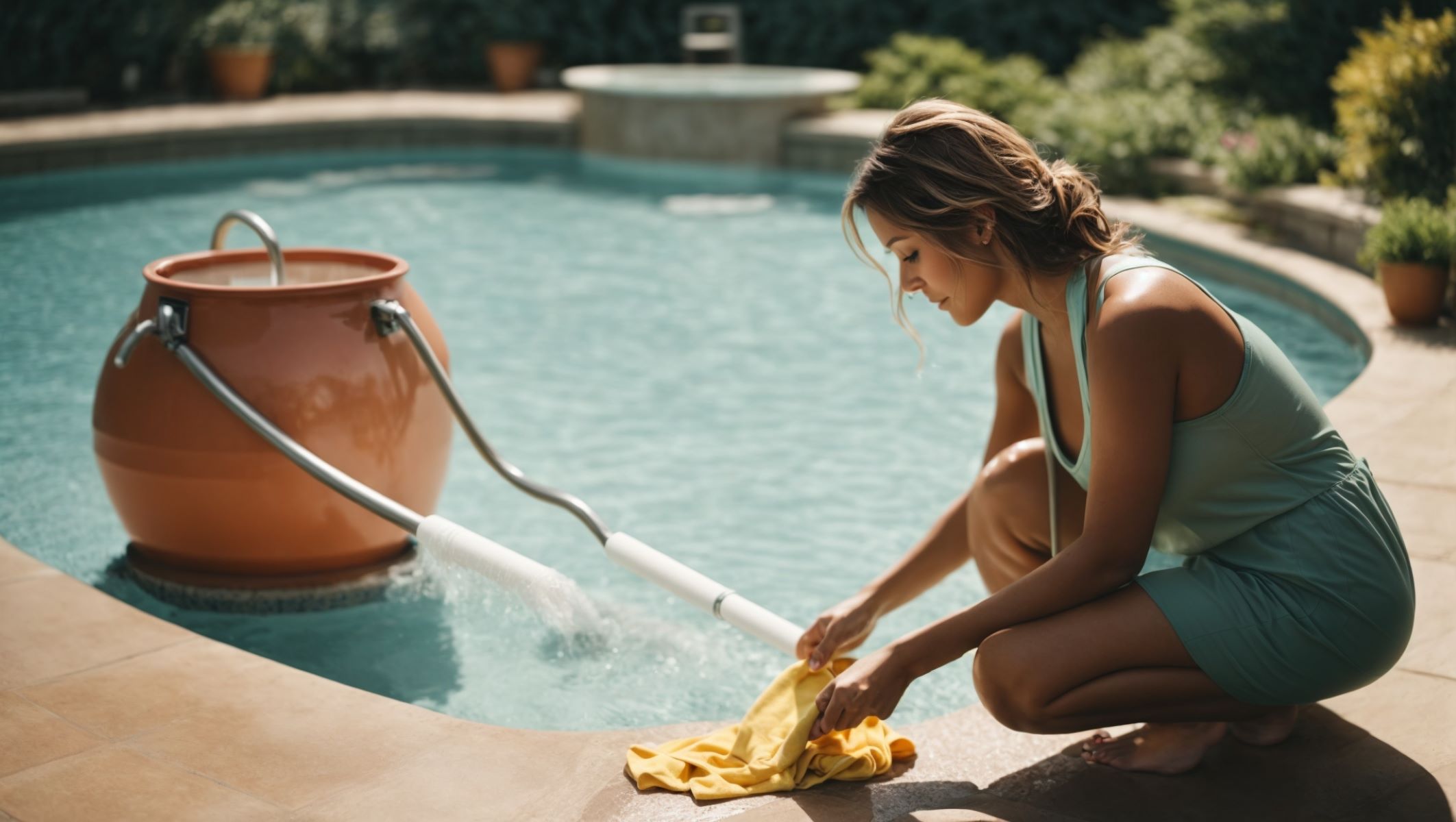

0 thoughts on “How Many Gallons Of Water Is In An Average Swimming Pool”